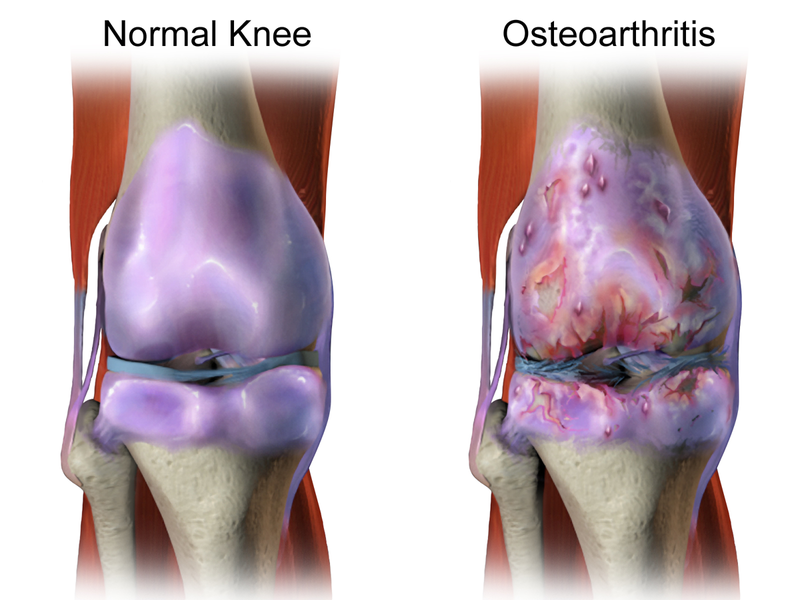Stem cell therapy is a name given to a system of therapeutic cloning in which differentiated embryonic stem cells are used to treat a variety of serious diseases. The cells can be used to replace damaged blood cells, eye cells, bone cells, brain cells, peripheral nerves and heart muscle cells. The cells are prepared in a precise and purified form, and then trained to grow into specific cell types in an organ or tissue. The cells also can be made using other types of cells.
How does stem cell therapy work?
In stem cell therapy, the cells can be drawn from an egg, induced to become specialized cells with specific functions, then purified using filters that separate the stem cells into two kinds: “primitive” and “advanced”. Primitive stem cells can help repair damaged tissues and organs; advanced stem cells are a type of stem cell that can differentiate into different types of cells in a particular tissue. The trained stem cells are injected into the site of the disease or abnormality, and the site is replaced with the appropriate type of cells, which are integrated to the structure.
What are the potential advantages of stem cell therapy?
The main advantage of stem cell therapy is the potential to make exactly what is needed and can be easily repaired when necessary. This approach has major implications for the development of new drugs or therapies, and also could be used to replace different types of cells in different parts of the body, for example, of the heart, liver, pancreas or lung. Such a system has tremendous potential for preventing and treating the tens of thousands of different diseases that affect patients and contribute to morbidity and mortality.
Where are existing treatments that use stem cells?
Stem cell therapy has been around for many years, but it was until relatively recently that it became well-accepted. In the 1980s, a small number of academic scientists began to see the potential for the technique. About the same time, more recent work developed the ability to harvest and isolate differentiated cells in the body. The team led by Dr. Emilio De Luca of the University of Padova discovered the insulin-producing cells that produce insulin. This discovery was one of the key success factors of the research that led to the creation of the first cell-based insulin therapy, the drug Liraglutide. Later, it was shown that nerve cells in the brain, not only the pancreas, could make insulin. This was the key to the development of insulin as a treatment for type 1 diabetes, but could also lead to other applications.
Sources of Stem Cells
The reason that stem cell research is so exciting is that the cells used to make stem cells are derived from healthy tissue, like the bone marrow, the placenta or a lung. When these stem cells are used to treat patients, there is always the potential for the immune system to reject the new cells. This rejection, in turn, can be a fatal condition that would require a stem cell transplant. If a patient did undergo a transplant, it could mean that their immune system would not respond well to the transplanted cells. Without a viable stem cell population, a person’s immune system could then be triggered into a runaway attack that can cause the patient to die. A potential way around this is to remove some of the more beneficial cells from the patient’s bone marrow so that they are no longer living, but the cells can be replaced as the body is able to obtain them.
Stem cells from the stomach can also be used to provide immune-suppressing drugs. But, the immune system has a list of things that it can do without any of the bad cells. The good ones have no place on the short list.
So, by researching ways to remove the harmless parts from the cells and creating a replacement population of cells with the same characteristics, researchers can create a source of stem cells that can be used to replace the bad cells and keep the immune system in check.







